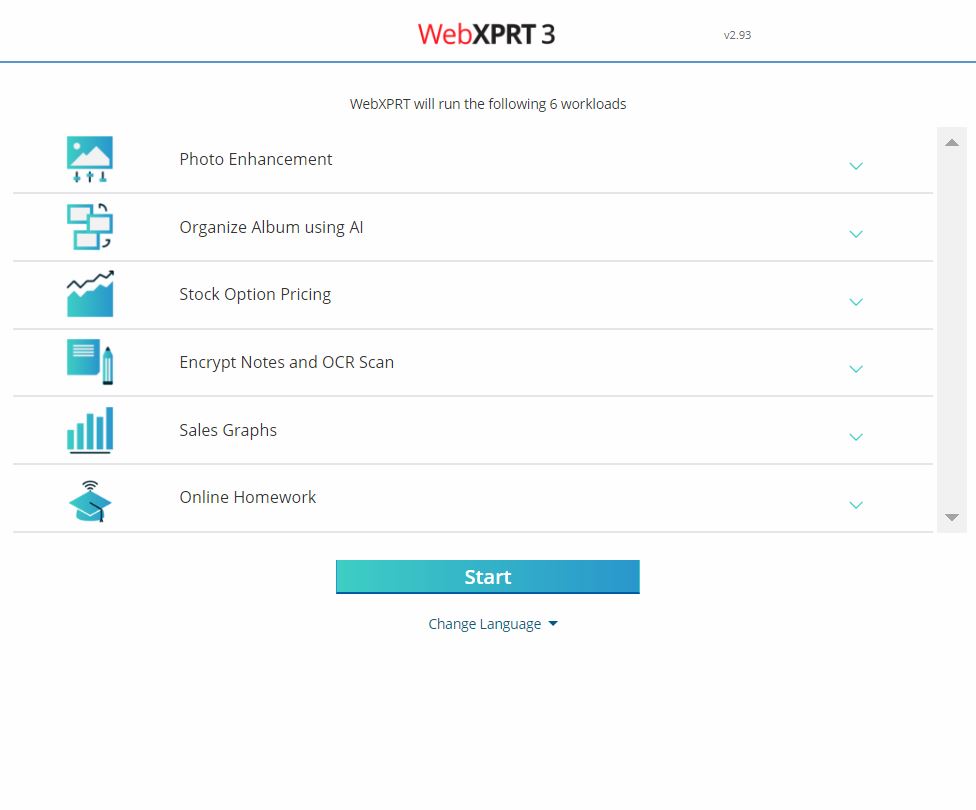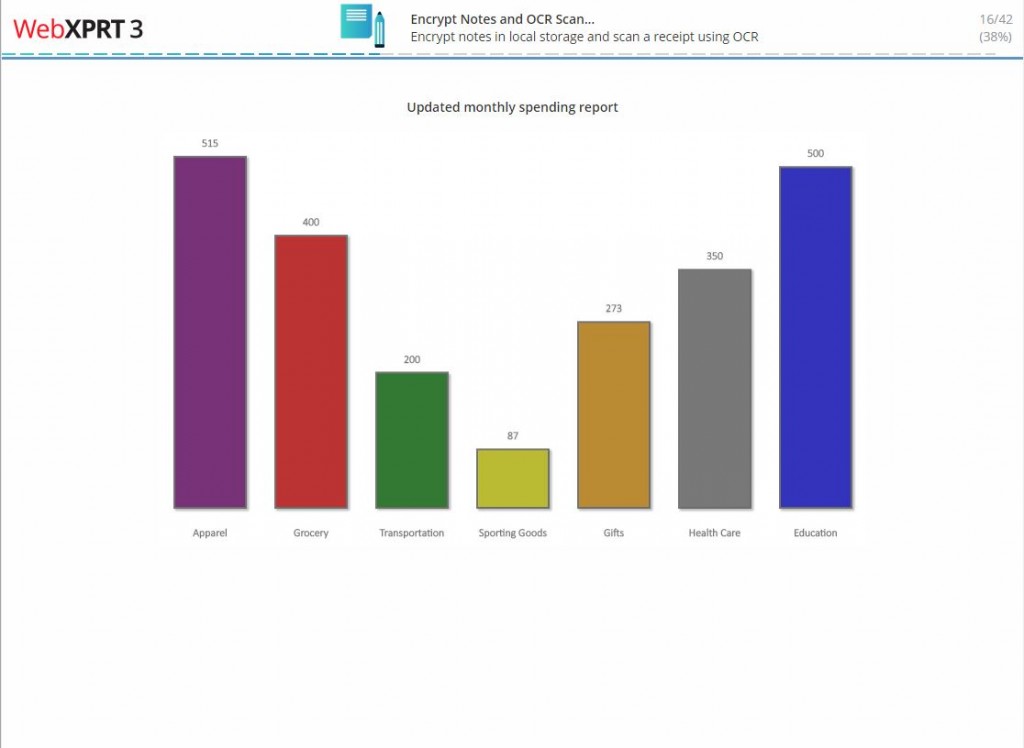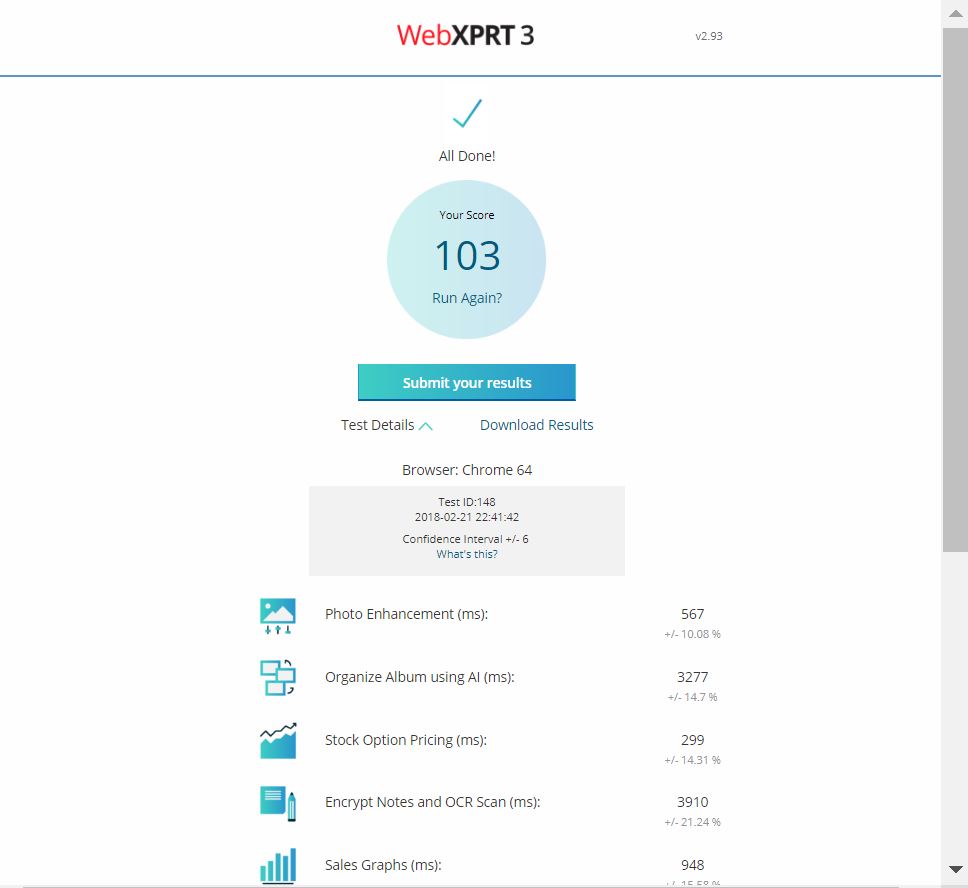In the near future, we’ll update our “XPRTs around the world” infographic, which provides a snapshot of how people are using the XPRTs worldwide. Among other stats, we include the number of XPRT web mentions, articles, and reviews that have appeared during a given period. Recently, we learned how one of those statistics—a single web site mention of WebXPRT—found its way to consumers in more places than we would have imagined.
Late last month, AnandTech published a performance comparison by Andrei Frumusanu examining the Samsung Galaxy S9’s Snapdragon 845 and Exynos 9810 variants and a number of other high-end phones. WebXPRT was one of the benchmarking tools used. The article stated that both versions of the brand-new S9 were slower than the iPhone X and, in some tests, were slower than even the iPhone 7.
A CNET video discussed the article and the role of WebXPRT in the performance comparison, and the article has been reposted to hundreds of tech media sites around the world. A quick survey shows reposts in Albania, Bulgaria, Denmark, Chile, the Czech Republic, France, Germany, Greece, Indonesia, Iran, Italy Japan, Korea, Poland, Russia, Spain, Slovakia, Turkey, and many other countries.
The popularity of the article is not surprising, for it positions the newest flagship phones from the industry’s two largest phone makers in a head-to-head comparison with a somewhat unexpected outcome. AnandTech did nothing to stir controversy or sensationalize the test results, but simply provided readers with an objective, balanced assessment of how these devices compare so that they could draw their own conclusions. The XPRTs share this approach.
We’re grateful to Andrei and others at AnandTech who’ve used the XPRTs over the years to produce content that helps consumers make informed decisions. WebXPRT is just part of AnandTech’s toolkit, but it’s one that’s accessible to anybody free of charge. With the help of BenchmarkXPRT Development Community members, we’ll continue to publish XPRT tools that help users everywhere gain valuable insight into device performance.
Justin















